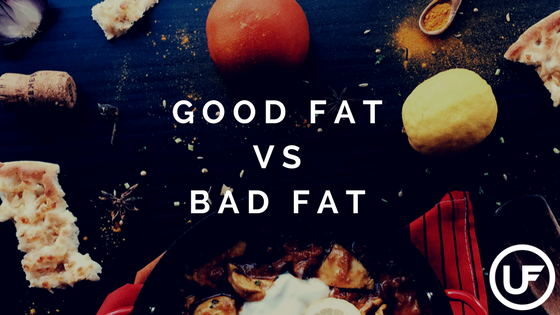

posted on August 3, 2017

High fat diets have become much more popular in recent years but it is important to note that this kind of diet may not be the best fit for everyone. Eliminating or significantly reducing entire food groups can be detrimental to your health and limit access to essential vitamins and minerals.
That said, fats in moderation are incredibly important to our health and have many benefits, including:
1. Provide energy- the most energy dense macronutrient
2. Help manufacture and balance hormones
3. Form cell membranes
4. Form our brain and nervous system
5. Help transport fat soluble vitamins A, D, E, K
6. Provide essential fatty acids that the body can’t make (omega 3 & omega 6)
Dietary fats do not inherently make us fat. Excess calorie intake is the culprit of unwanted fat gain.
The caloric density of fat is high. More than 2x as high as that of a carbohydrate! One gram of fat contains 9 calories whereas one gram of a carbohydrate contains 4 calories allowing you to consume much more volume with much fewer calories.
Not all fat types are the same. Take a tablespoon of olive oil and half of an avocado for example. Both have about 125 calories, BUT half an avocado weighs about 75 grams, contains 5 grams of fiber and 12 grams of fat. A tablespoon of olive oil weighs about 14 grams, contains 0 grams of fiber and 14 grams of fat. It’s a no-brainer that with the fiber and volume of the avocado, this is a more satiating choice.
Balance of fats. Saturated, monounsaturated and polyunsaturated fats should be consumed in balance with the exception of trans fats which should be eliminated from the diet completely and are found in many processed foods.
Foods can contain all three types of fat. For example, eggs (thought to be rich in saturated fat) are 43% monounsaturated, 39% saturated, and 13% polyunsaturated. Some foods are considered one or another because they contain mostly one of the fat types.
Foods rich in the following fats:
1. Saturated Fat
• Beef, pork, lamb, chicken (with skin), butter, cheese, milk, tropical oils (coconut oil, palm oil)
2. Unsaturated Fat
• (Mono)unsaturated Fat & (Poly)unsaturated Fat
• Fish (tuna, trout, salmon, sardines), plant based oils (canola, olive, peanut, safflower, sesame), seeds (flaxseed, sunflower, sesame), nuts (peanuts, pe-cans, almonds, walnuts), avocado, olives
• Omega 6 Fatty Acids- (consume less) corn oil, safflower oil, meat
• Omega 3 Fatty Acids- (consume more) flax, walnuts, hemp, fish
3. Trans Fat
• Partially hydrogenated oils, margarine, fried foods, some baked goods
Read More